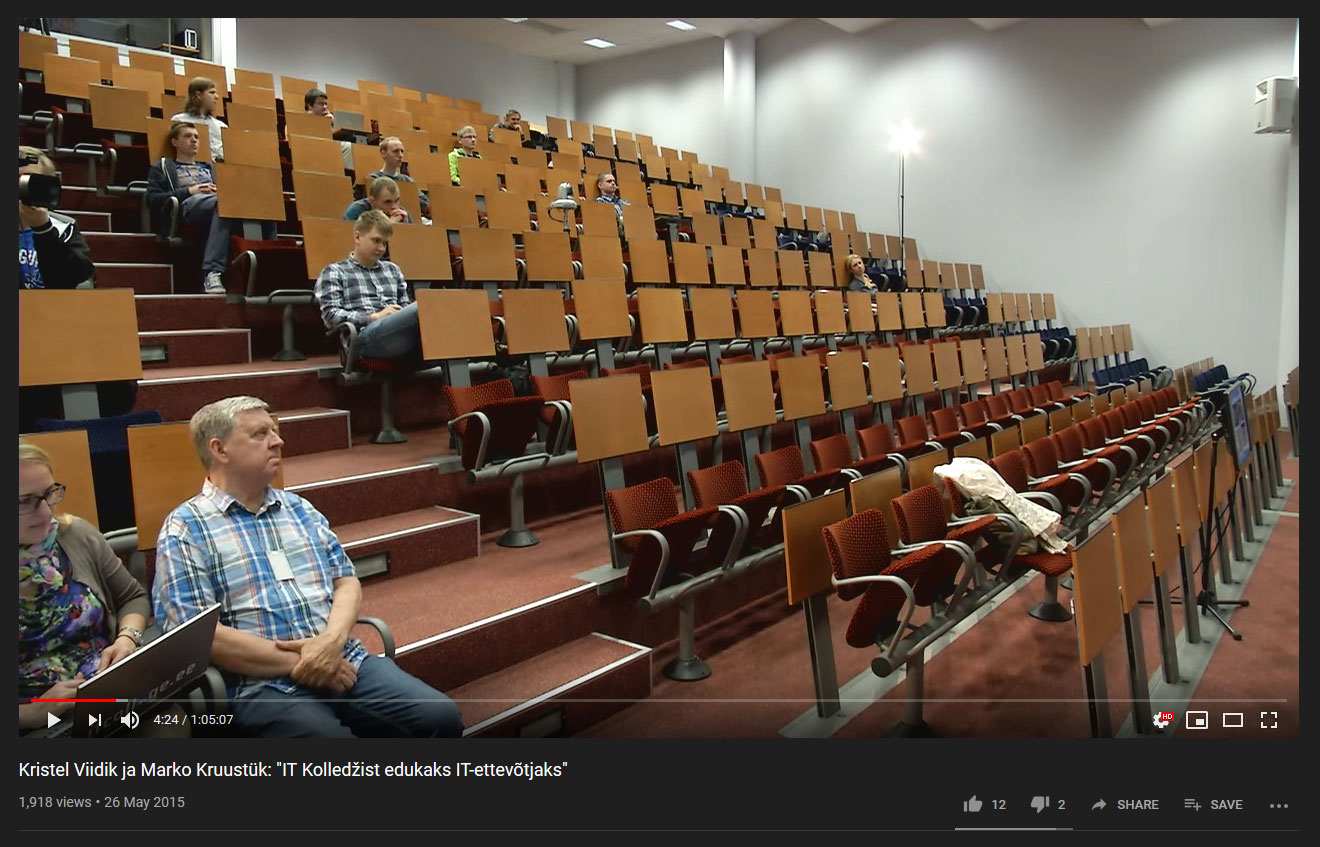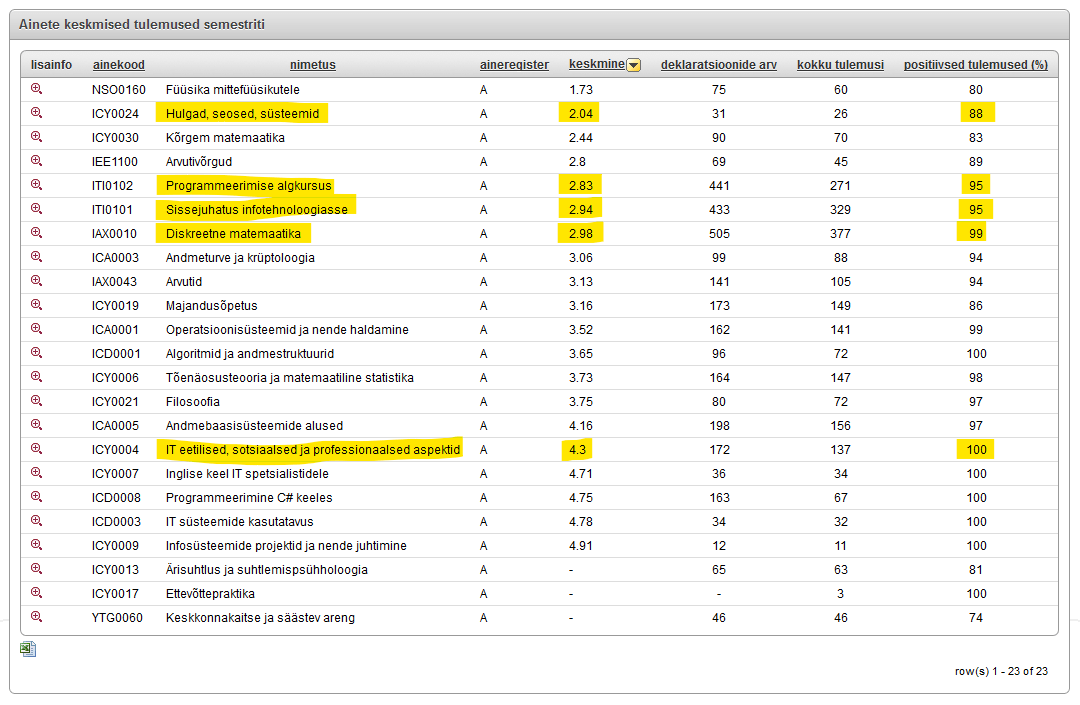If you would like to know how to bulk delete posts from a specific category using the WP-CLI then here it is.
WP-CLI is command line interface for maintenance of WordPress. This is something I try to figure out.
Deleting one product
This deletes 1 product. 1157 is product ID. Without –force it does not work, because posts of type ‘product’ do not support being sent to trash.
So you need to use –force flag to skip trash and delete them permanently.
wp post delete 1157 --force
Deleting 100 products
Now I try to figure out how can I delete all products within category. This allows to delete 100 products at a time.
wp post delete $(wp wc product list --user=1 --format=ids --category=64) --force
Deleting specific number of products
wp post delete $(wp wc product list --user=1 --format=ids --category=64 --per_page=10) --force
By specifying –per_page you can limit how many products will be deleted with one execution. But it only works between 1 and 100 products.
Reason is that WooCommerce commands are implement as REST API requests and they are limited to a maximum of 100 results per request. This is a limitation that comes from WooCommerce, not WP-CLI. It’s unfortunate they have limited it that way, as it seriously lessens the benefits of having CLI commands in the first place.
Final solution that works (tested with 5000+ products)
for run in {1..2}; do wp post delete $(wp wc product list --user=1 --format=ids --category=64 --per_page=10) --force; done
This line does the job. Loops I found here and here. This sample deletes 20 products by using two runs, 10 products each. And this deletes products with status as “draft” (reference):
for run in {1..2}; do wp post delete $(wp wc product list --user=1 --format=ids --status=draft --per_page=10) --force; done
Delete products by product tag
Another one is here. tag is product tag ID.
wp post delete $(wp wc product list --user=1 --format=ids --tag=82 --per_page=2) --force
Deleting revisions
It is not uncommon sites to have multiple revisions on their pages. This is simply due editing and updating content. Let’s say for example a site has 700 pages or posts with 150 revisions on each, this would be over 100,000 entries in the database. To delete unnecessary revisions you can use the following command line:
wp post delete $(wp post list --post_type='revision' --format=ids) --force
I have posted the question also to WordPress.org forum here for discussion and #cli channel. Hopefully someone comes up with the answer 🙂 Also sent it to Eric. Maybe he knows.
Bonus:
WP-allimport faster finder: [wc_get_product_id_by_sku({sku[1]})]
Delete all images in media library: wp post delete --force $(wp post list --post_type='attachment' --format=ids)


